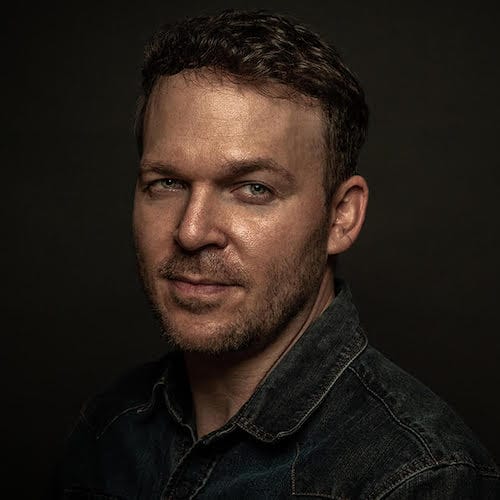[special_heading title=”Meditation on Requiem by Duruflé” subtitle=”by Louise Westfall” separator=”yes”]How can funeral music be so beautiful? What did Duruflé intend through this stunning composition, specifically as liturgy at a religious service for the dead? To soften grief? To focus on the promise of an afterlife in eternal paradise? To fortify us humans for our inevitable end?
That Duruflé dedicated the piece in memory of his father suggests that it was not an intellectual exercise, but one rooted in his own experience of loss. He began to write it in 1941 amid the terror of impending world war and Nazi occupation of his native France, and I wonder if its very form reflects this context. Again and again, we hear a shimmering line rise up out of discordant harmonies–as if witness to the light of faith shining out of chaos and confusion. The music covers the full spectrum of human sound, from triple soft, barely audible but still there– to triple forte, loud sections that howl with pain and cry out for Divine mercy. Duruflé was much taken with Gregorian chant and you can hear echoes of these throughout, in irregular rhythms that sound more like the pace of human speech, not classical music phrasing. Yet there is an immediacy in the language that suggests not simply the repetition of time-worn prayers but texts ripped from the day’s headlines, reimagined as deliverance from the “lion’s mouth,” the “hellish abyss,” and “bitter days” of current realities. Duruflé speaks beyond the confines of Church and tradition, to the universal human condition.
. . . . one in which not one of us gets out alive.[callout_box title=”In life and in death, the one sure thing is the presence of God, a deep truth penetrating human history and tumult, holding us—all of us– in peace forever. ” subtitle=””]While acknowledging this forthrightly, the requiem affirms that “all flesh comes to you, O God.” The day of final judgment is sometimes depicted as a day of terror, in which the wrath of God is leveled upon fallen humanity. Duruflé included some of this perspective in the movement entitled “Libera Me,” yet he chose not to include the movement in traditional liturgy warning of eternal punishment, to focus instead on God’s grace and kindly judgment toward people created in the Divine image. The Lamb of God takes away
the sin of the world and opens the way to paradise and eternal rest. God fills the soul with perpetual light, bringing us all to a blissful end. Just as the piece begins, so it ends: from rest. . . . to rest.
Duruflé himself resisted an easy answer to the problem of death. Interpreting this work in a music journal, he described it as “prayer amid the turmoil of life and mortality. . . . speaking of both terror and hope.” In other words, life and death comprise a mystery, one not fully understood this side of the grave. The work even ends on an unresolved chord; the dynamic tension of the “now” colliding with the “not yet.” Duruflé generously spreads clues throughout the music that offer a way forward. Note, for example, the role of the organ, which has no dazzling solos or memorable melodies. Instead, it underlies everything. Now I hesitate to equate the organ with God, here it provides for the diverse, dramatic incursions of chorus and orchestra, a strong foundation and calm continuity.
In life and in death, the one sure thing is the presence of God, a deep truth penetrating human history and tumult, holding us—all of us– in peace forever.



